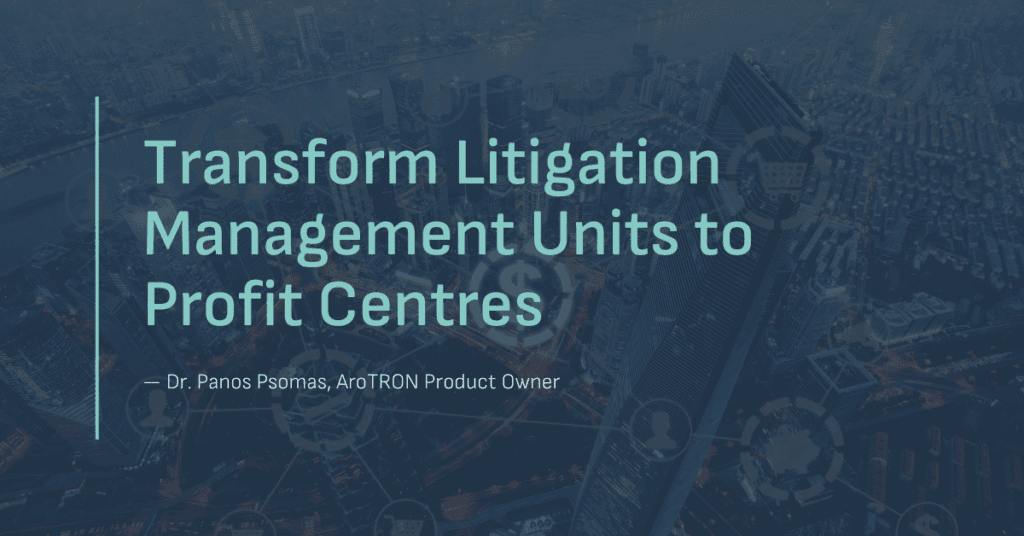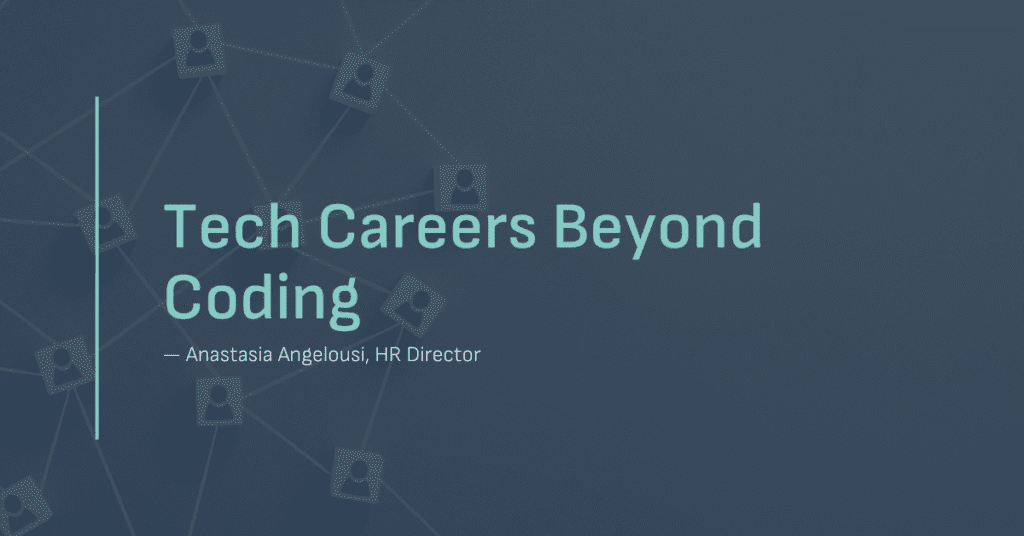
Traditional credit scores and lending practices are being challenged everywhere. Peer-to-peer lending is on the rise, customers keep demanding faster service, and more accurate scoring methods are making credit available to many deserving consumers and small businesses. As FinTech transforms lending, only firms that adapt will continue to profit.
Direct Lending is a Direct Threat
Although the FinTech revolution is taking place simultaneously around the world, there is more peer-to-peer lending data for the United States than other countries. IBISWorld reports that peer-to-peer lending in the US grew at an annual rate of 128% between 2011 and 2016. By 2016, peer-to-peer accounted for one-third of all unsecured consumer loans in the United States. Furthermore, IBISWorld projected that revenue for peer-to-peer lending platforms would grow 20% per year between 2016 and 2021. This rapid growth is a direct threat to established financial institutions.
Faster Service is Crucial
Another key factor driving the transformation of lending is the demand for faster service. A 2016 Federal Reserve survey revealed that 45% of loan applicants felt the process took too long, and another 42% believed that the loan application process was too complicated. On the other hand, only 17% of online lending customers complained about wait times and just 26% of them believed that the process was too complex. Brick and mortar banks will have to offer faster service to retain customers, and developing a more user-friendly loan application process is also important.
Extending Credit Where Credit is Due
Part of the promise of FinTech lending is the ability to safely extend credit to consumers and businesses that would not usually qualify for loans. A decade ago, many reasonable credit risks suddenly became too high risk simply because of depressed economic conditions. Today, we have the opposite problem because so many potential customers still have damaged credit scores. FinTech may allow financial institutions to make better loan approval decisions by using alternative data sources such as social media profiles.
Nature Abhors a Vacuum
A recent study by Federal Reserve economists Jagtiani and Lemieux (2018) shows that FinTech lending platforms have a larger market share in areas with fewer bank branches. They also found that peer-to-peer lending platforms account for a larger portion of total loans in locations with higher unemployment. The philosopher Aristotle said that nature abhors a vacuum, and it is clear that FinTech peer-to-peer lending is filling the vacuum left by banks in economically distressed areas. Adopting some of the methods of the FinTechs could help established financial institutions in these markets.
Partnership for the Future
The trend toward specialization among FinTech firms represents a threat to banks, but it also offers an opportunity. Banks can fill in the gaps in their lending strategies by partnering with specialized FinTech companies. Solutions like Relational’s i-Apply can help financial institutions speed up the loan origination process and make more accurate decisions based on current market conditions. In a world where speed continues to become more important, partnership is the fastest way to a more profitable future.


